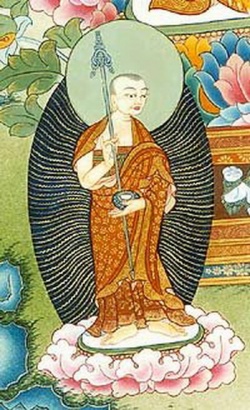Three equalities
three equalities
三平等 (Jpn san-byodo )
A concept set forth by Vasubandhu (fourth or fifth century) in The Treatise on the Lotus Sutra. The three equalities are the equality of the vehicle, the equality of the world and nirvana, and the equality of the body. When Vasubandhu explained "the great wisdom of equality" mentioned in the "Treasure Tower" (eleventh) chapter of the Lotus Sutra, he established these three viewpoints to show that the Lotus Sutra represents the Law of absolute equality. The equality of the vehicle means that the one supreme vehicle is given equally to all people, and that the three vehicles (the teachings for voice-hearers, cause-awakened ones, and bodhisattvas) are united by the Lotus Sutra into the one supreme vehicle. The equality of the world and nirvana indicates that there is no fundamental distinction between the world of delusion and nirvana, or enlightenment. The equality of the body, or the equality of the Buddha's body, means that, although the Buddha assumes various forms to save people, the state of Buddhahood equally pervades them all.
